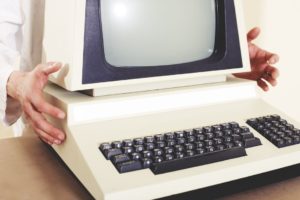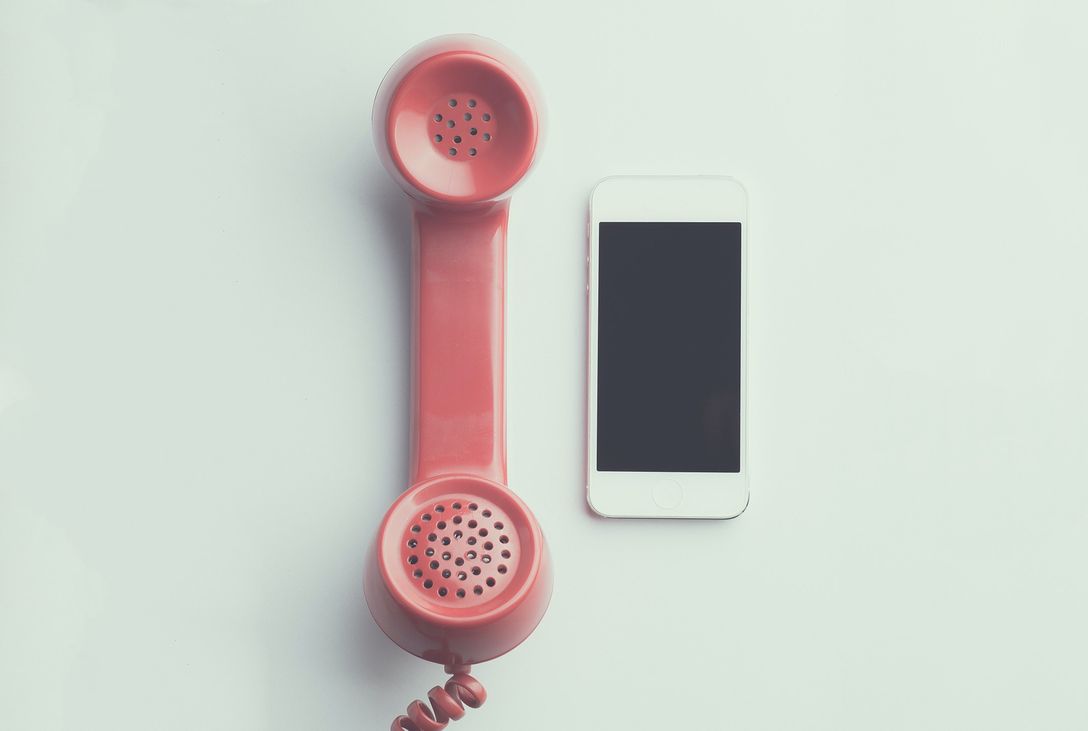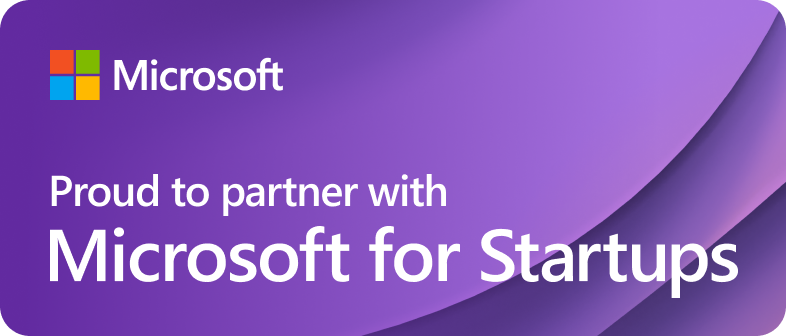How much do you think our lives have changed since the media transformed from being physical to electronic? From TV, newspaper, and radio, our world has started to revolve around a single medium we can’t see or touch and can neither live without; the internet. With the advent of a fast-paced internet era, where things seem more complex, the internet has made things simple.

There was a time before the world became digital, but it seems like a time we only like to bring up when our internet connection is down. The time period between pre and post-digital worlds seems centuries apart even though they were born from each other. Between the two times, there is a third one we live in today, i.e. the mid-digital. When our hands touched the famous Nokia 3310, our brains believed the wonder of making expensive phone calls anywhere and everywhere in the world. Little did we know that phones were in fact a shortcut to the whole new world of the internet.
Apart from phones, we also misunderstood electricity. Though it led to efficiency, a huge improvement in saving time and physical labor, it took years for people to utilize electricity to its fullest. We thought with electricity, we will only be improving the means we were already using in different sectors such as industries and agriculture. However, we had to build new machines that could work solely on electricity, requiring minimum labor in a quieter environment. We realized that this invention has changed our lives forever by transforming our businesses forever. Let us take each time before and after digitalization and talk about the differences they have made in our lives and how.
The pre-digital era
The time before our world became digital can simply be identified as a physical world where media channels were consumed on TV, newspaper, radio, and people loved reading magazines. These were all one-way communication.
What was shopping like?
It was a time when shopping was in-store and people would make a day out of it, shopping at lunch during shopping with friends or family. Since there were no scanners in supermarkets, checkout was slower as each label was manually read and typed in.
What were electronic devices like?
-
Devices usually had just one function and had many large buttons for that single function.
-
Pagers were launched for physicians.
-
Phones were landline and not available in every house.
-
Rich people would have wireless or cordless phones.
-
Long-distance calls would be really expensive and the voices were not all that clear.
-
The first mobile phone was launched in 1984.
The sources of news
-
The morning papers would have news of the previous day and evening papers would tell people of the things that would happen since the morning papers were released.
-
News on the TV was pretty basic with three to four repeated lines that people would listen to all day.
-
Weather forecasts weren’t for weeks but only for the day after.
Computers

-
In 1951, the first set of computers for commercial purposes were released but solved only simple arithmetic problems and data handling and were expensive for most people.
-
People started to own computers, but they were big in size and sat in the middle of the house for the whole family to use.
-
In 1981, laptops with tiny screens were invented.
Camera and Photography

It took almost a week for pictures to be developed. The process involved taking pictures on film, getting the roll developed, and then printed. It was until 1988 that a fully functional camera with storage of up to 10 photos was released.
Data and Storage

Music was only heard live before LP records. Then there came in 12-inch discs and music was recorded and played by placing the needle on the record. It was long after that the Walkman was a thing and music was recorded on cassettes and movies were recorded on VCRs. Then music was recorded on compact discs and movies on DVD.
This age was about becoming digital, whether it be media and e-commerce, or industrialization, etc. Physical encyclopedias books which cost a lot turned to Wikipedia, magazines turned into websites, and blogs and photos turned into bits. Companies revolved around marketing which mostly included quirky advertisements on TV.
The mid-digital era
Soon after digitalization started to become more and more accepted and immersed in society, knowledge started becoming vast.
TV

This was the time when TV didn’t show anything anywhere because of digital rights that were yet not cleared and most of what TV showed were headlines about new discoveries and inventions which were happening fast.
-
The 1900s were a great time for American TV as some of the best sitcoms came out.
-
Friends, one of the most popular shows even today, came out in 1994.
-
Advertisers took hold of most channels.
Internet and Shopping
-
In 1991, CERN’s web browser software was released. People started using the internet more and more.
-
Formerly known as Cadabra, Amazon started its trading services in 1994 and changed the way of online shopping, selling, and marketing.
-
E-bay, formerly known as AuctionWeb between 1995 to 1997, started its online shopping which killed off retailers who would usually not return or exchange products bought online.
Mobile Phones
-
1994 saw the release of a smartphone that not only supported calls but also email and fax.
The mid-digital era also saw the release of Six Degrees – the first social media website in 1997. By 1999, Bluetooth technology was introduced. 2000 saw the end of the mid-digital time as the introduction of broadband providing faster internet access.
The post-digital era
The concept of digital has far gone out of the conversation by this time as it has become a norm to live in a digital world. In fact, the time before this has become irrelevant and off-topic by this era. In this era, digital technology is the backbone of life and it becomes the elephant in the room only in its absence. On the spot videos, smart homes, and offices, digital news and content are already the essences of life.
TV

-
TV is no longer the size of a cardboard box.
-
The smartest TV is the slimmest.
-
TV versus online is not a big deal as advertisers take hold of both and only celebrate sales
-
National boundaries are nothing in this era and people enjoy content and products regardless of language or currency.
Internet and Shopping

-
Online traders track customers ‘ every move and show and sell them exactly what they are looking for.
-
Shopping becomes easier as manufacturing is just-in-time and order and shipping and easy as pie.
-
2004 brought Facebook, the most famous social media channels today. Facebook also brought with it marketing strategies that helped the e-commerce department not only reach targeted audiences but also get their valuable feedback then and there.
Working Online

-
The post-digital era has made it easier for people to work for themselves, such as freelancing through platforms like freelancer.com, Upwork, etc.
-
Working online also saved people from government taxes.
-
Skype was launched in 2003, connecting people around the world and helping people work online right from their homes.
-
In 2011, Bitcoin became the first digital currency to be accepted worldwide.
Mobile phones, Computers, Camera, and Photography

-
2007 saw the launch of IPhone which exploded the usage of smartphones.
-
Photography became easier and clearer with smartphones
-
In 2010, Apple launched IPad and computers became even smaller with even bigger storages
YouTube

- YouTube was launched in 2005
-
It was released with a video of the site’s co-founder at the zoo. This video got almost 40 million views.
-
YouTube has since changed the whole digital world. People have started to broadcast their lives through Vlogging and getting paid for it.
-
People from all around the world and from different fields started sharing tutorials, from cooking to brain surgeries.
The real and virtual world has only a blurred line today and that can be understood with the reality of complex inventions such as virtual headsets, 3D printing, and driverless cars. We are constantly moving forward today with everything we are doing, from sectors like agriculture and industrial to online businesses and Shopify e-commerce development.



